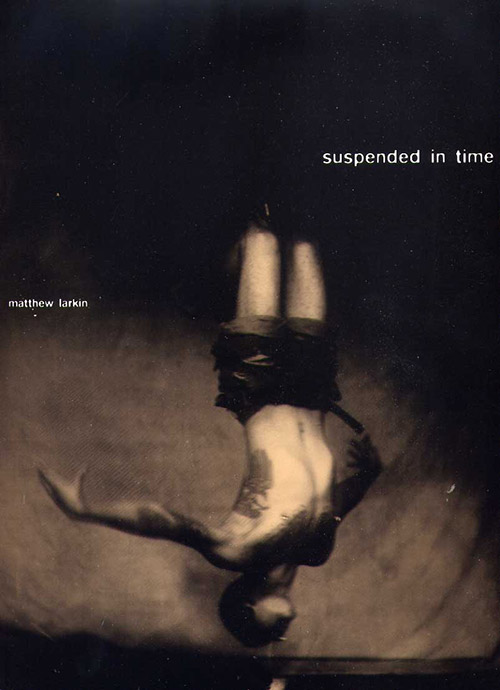Katie Cooke has posted two amazing roundups of photograms—prints made by placing objects directly on photo paper or film, without a camera or lens—at her Slowlight Blog.
Roundup one: Sunprints, shadowprints and photograms
Roundup two: Luminograms, bodygrams, and photograms
Related resources: photogram.org, Flickr groups Photograms and Photogram

